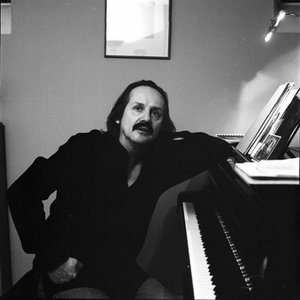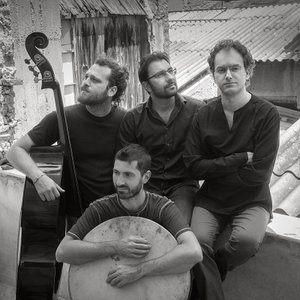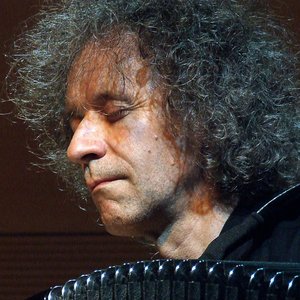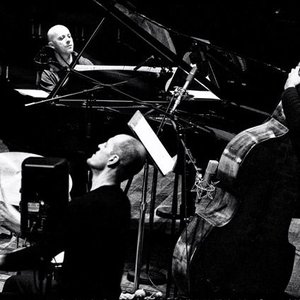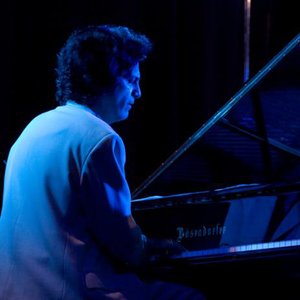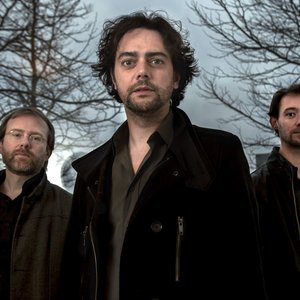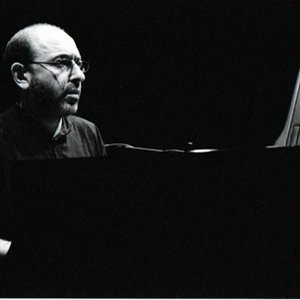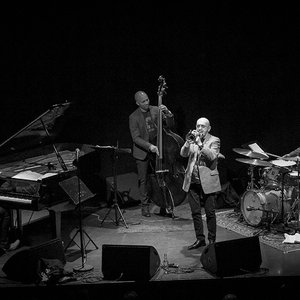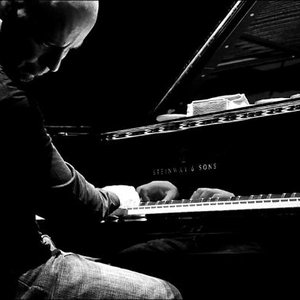Biography
In 2005, French pianist François Couturier organized a quartet with cellist Anja Lechner, accordionist Jean-Louis Matinier, and soprano saxophonist Jean-Marc Larché to record Nostalghia: Song for Tarkovsky, released by ECM in 2006, an album that paid tribute to Soviet film director Andrei Tarkovsky (1932-1986), not by playing music used in his films, but instead by creating new compositions, played in a jazz/classical hybrid, that evoked the moods of the filmmaker's works. The group toured as the Tarkovsky Quartet, and the 2011 album Tarkovsky Quartet is a follow-up recording in the same manner; since Couturier's 2009 solo piano CD Un Jour Si Blanc also paid tribute to Tarkovsky, it can be seen as the completion of a trilogy. As with Nostalghia, the quartet also overtly references various classical composers in the music, with the opening track, "A Celui Qui a Vu l'Ange," based on Pergolesi's "Stabat Mater," "Doktor Faustus" on Shostakovitch's "Sonata for Violoncello and Piano, Op. 40," and "Maroussia" and "La Passion Selon Andrei" drawing on Johann Sebastian Bach. The nearly ambient "San Galagno," with its glacially slow presentation of notes; the oddly atonal "Sardor," a collection of squeaks and squawks; and "Le Main et l'Oiseau" ("The Hand and the Bird") are all group improvisations by the four musicians. The actual relation to Tarkovsky is more inferential than specific, as an examination of the titles indicates. Whereas the tracks on Nostalghia often referred to actual Tarkovsky films, those here are more tangential. "Myshkin," for instance, is the name of a character in the fiction of Dostoyevsky about whom Tarkovsky intended to make a movie, but never did; he also wanted to direct a film based on Thomas Mann's novel Doktor Faustus, but did not. Leaving aside such associations, the quartet's music can be seen as contemplative, improvisational third-stream jazz very much in the ECM style, even if the cinematic and literary allusions are part of the overall appreciation of it.
Artist descriptions on Last.fm are editable by everyone. Feel free to contribute!
All user-contributed text on this page is available under the Creative Commons Attribution-ShareAlike License; additional terms may apply.

